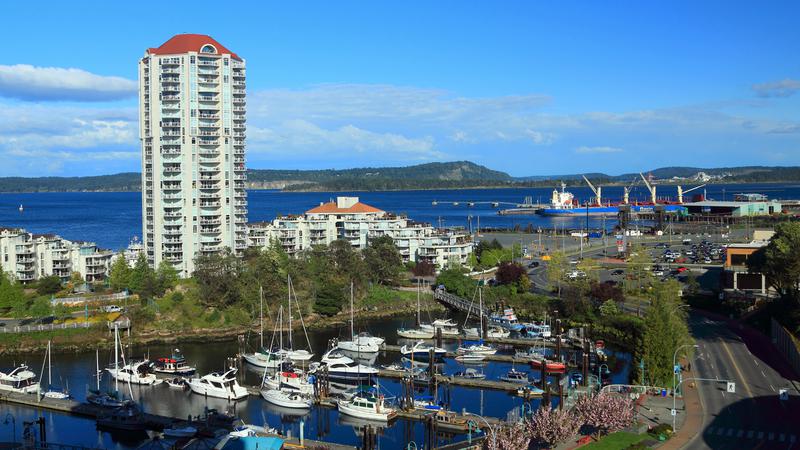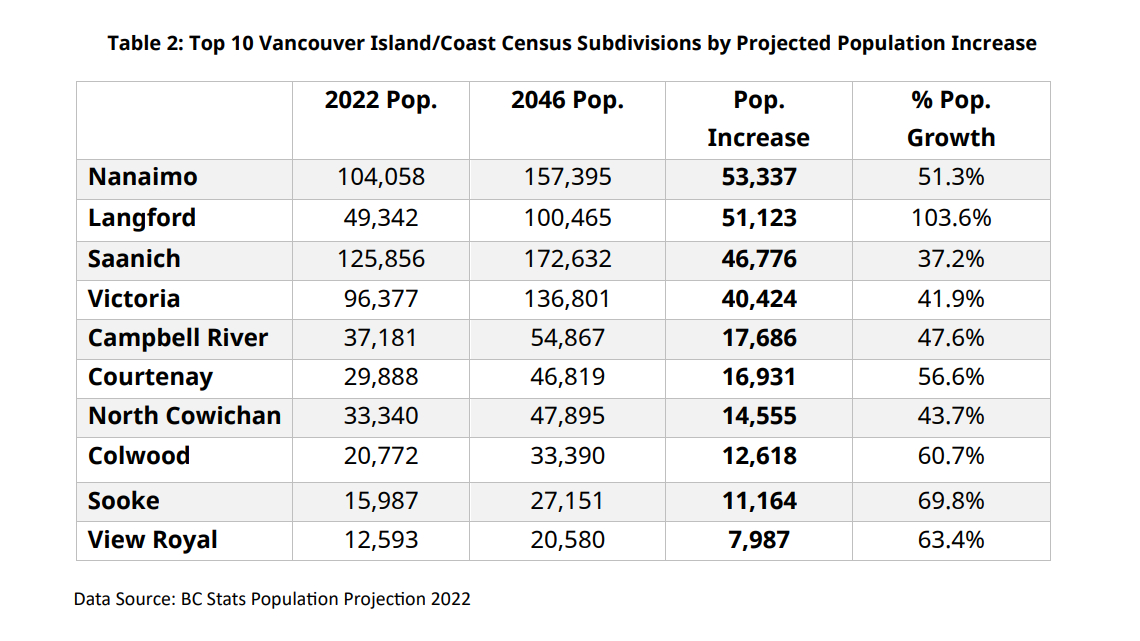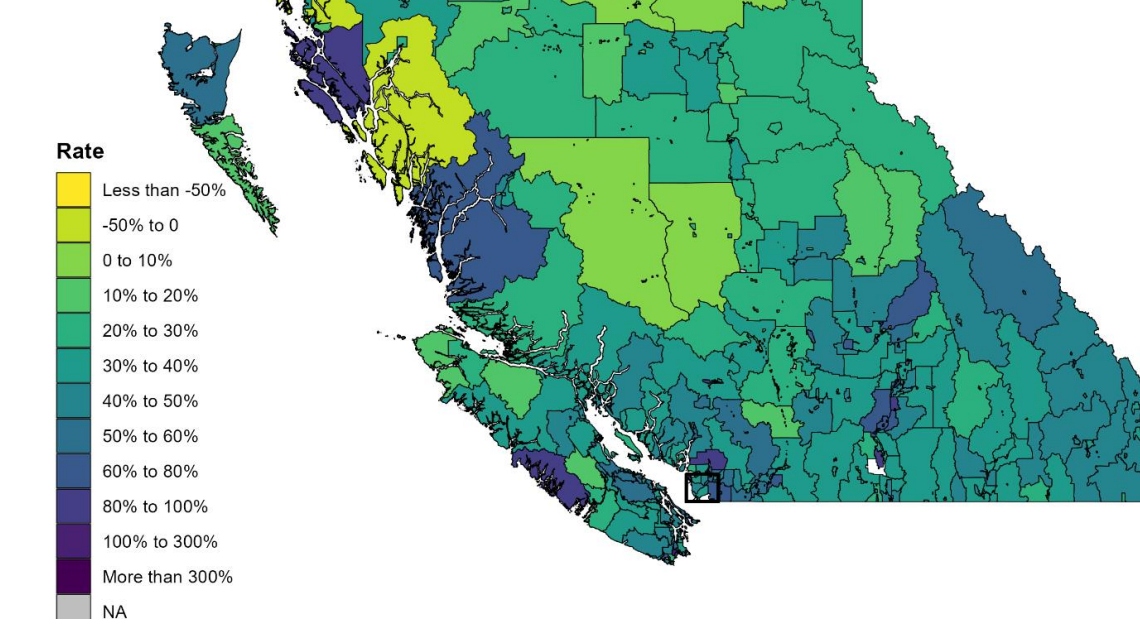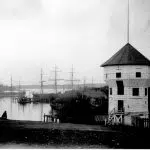
Nanaimo’s population poised to exceed 150,000 people by 2046
NANAIMO — A region which is already one of Canada’s fastest growing areas is showing no signs of slowing down.
New figures from a BC Stats report titled “Sustaining Growth: Population and Demography for B.C. and Canada” suggest the Harbour City will be home to 157,395 people come 2046, an increase of roughly 51.3 per cent from 2022 figures.
If true, it would see Nanaimo host the largest population increase on Vancouver Island, ahead of Langford, Saanich and Victoria, and remain the Island’s second biggest city behind Saanich.
B.C will see similar increases and could see the province go from the current 5.5 million people to 7.9 million by 2046.





